基隆筆電收購 收購ASUS筆電 收購ROG電競筆電 收購ACER筆電 收購Msi電競筆電 收購微軟SURFAC 看全文
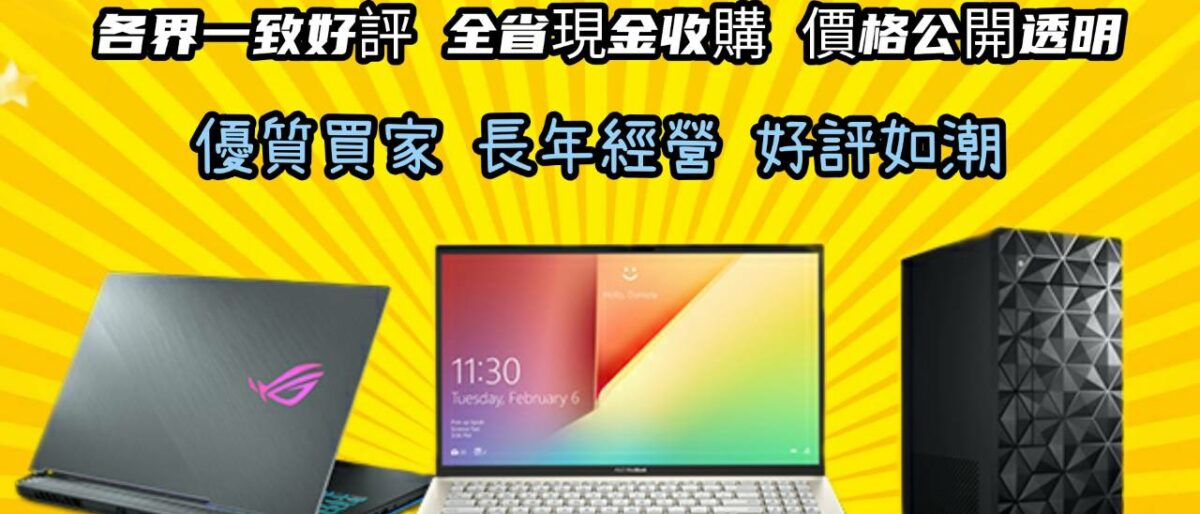
我們專業經營各項3C高價回收,收購電競筆電,文書筆電,輕薄筆 電,MSI,ASUS,ACER,HP,Razer,GIGABYBE,Microsoft,,多通路多管道,非坊間垃圾回收價,價格不怕您比較,歡迎企業戶汰舊換新,續約販賣,分期換現,電競筆電, 二手汰舊,手機,筆電,相機,鏡頭,空拍機
基隆收購筆電of a dual-screen laptop at some point. Way back in 2011, 基隆收購筆電acer released the Iconia 6120 sporting not one but two 14-inch displays. Then at CES 2017, Razer showed off Project Valerie which bumped the panel count to three before demoing something a bit less extravagant a year later in Project Linda. Fast forward to 2020, when Dell dazzled us with the Concept Duet. Even Apple gave the category a go on the old MacBook Pros with Touch Bars, only to reverse course and ditch them completely a couple of years ago.Meanwhile, Lenovo has an entire family of devices dating back to the original Yoga Book and culminating most recently in the Yoga Book 9i, with the latter coming extremely close to turning the promise of dual-screen laptops into an actual appealing choice. But now after several generations of its own devices, ASUS has put everything together with the Zenbook Duo. It’s a super sleek machine with two screens that’s barely larger than a similarly sized clamshell. There’s also a detachable keyboard and a built-in kickstand for maximum adaptability. And starting at $1,500, the Zenbook Duo doesn’t command a massive premium for something with a ton of extra utility. So while it’s been quite a journey to get here, ASUS has finally made a dual-screen laptop that proves once and for all that two screens really are better than one.Photo by Sam Rutherford/Engadget84100Expert ScoreTwo screens really are better than oneASUS Zenbook DuoStarting at $1,500 and with dimensions that aren’t much bigger than a traditional clamshell, ASUS’ Zenbook Duo is the first dual-screen laptop you’d actually want to buy. ProsSleek designGorgeous screensBuilt-in kickstandGood port selectionSolid battery lifeConsSlightly pricier than a traditional clamshellWindows 11 still isn’t optimized for dual-screen laptops$1,500 at ASUSDesignOne of the most impressive things about the Zenbook Duo is that it doesn’t look like some kind of Frankendeivce. It’s just a regular-looking 14-inch laptop. Even after you open it, things still look normal with a physical keyboard and touchpad, not to mention a healthy selection of ports around the outside (two Thunderbolt 4, one USB 3.2 Type-A and a full-size HDMI 2.1 jack). A small part of me wishes ASUS had found room for some kind of SD card reader, but I understand if there just wasn’t space.It’s only after you remove the keyboard that things get interesting because as soon as you do, the Duo’s second display springs to life. From here, you have a ton of options. Tapping three fingers on the lower panel summons a floating touchpad. Alternatively, eight fingers makes a virtual keyboard appear, which you can follow with a swipe up to reveal a traditional keyboard/trackpad combo. But the cool thing is that because these are all virtual stand-ins, it’s easy to swap in a new layout (like for other languages), move the touchpad off to the side or call up a numpad if you need to do some data entry. There’s just so much more flexibility when half of a laptop’s interior isn’t taken up by a rigid set of physical keys. Photo by Sam Rutherford/EngadgetBut things keep getting better, because on the bottom of the Duo is a flap that folds out into a kickstand. This allows you to prop the system up and use both screens as proper displays, sort of like a portable dual-monitor setup but all in a single self-contained system. And because the detachable keyboard connects wirelessly over Bluetooth, you can place it in front (or wherever you want) just like a desktop. The one small drawback to this design is that if you rotate the Duo’s displays into portrait orientation side by side, the design of the kickstand means there’s no way to adjust how far it tilts. This heavily favors the stacked setup with one display above, which is fine because I think that arrangement is more useful in most situations.Another pleasant surprise is that for a device with two screens, the Zenbook Duo isn’t much bigger or heavier than a typical clamshell. It weighs 3.6 pounds and measures 0.78 inches thick versus the 2.82 pounds and 0.59 inches for a standard Zenbook 14 OLED. And when compared to something like a Dell XPS 14 (3.7 pounds and 0.71 inches thick), both systems are practically the same size. Photo by Sam Rutherford/EngadgetMy one gripe is that ASUS’ dark gray paint job color doesn’t help the Duo stand out. It’s almost like someone who wears subdued colors to avoid drawing attention. But this design is fantastic and I wish ASUS would give this laptop (and the engineers who designed it) the flowers it deserves.Displays and softwareThe centerpiece of the Duo is its pair of 14-inch displays, which are an absolute delight. Not only do the matching OLED panels offer strong brightness (around 500 nits), they also pump out rich and accurate colors (100 percent of DCI-P3). But the real magic is when you use both panels together. Photo by Sam Rutherford/EngadgetMoving apps from one display to another is as simple as dragging and dropping or using the handy menus that appear at the top of the display. In addition, there’s a floating button in the bottom left for ASUS’ ScreenXpert software, which provides shortcuts for adjusting brightness (separately or as a pair), disabling specific panels or pulling up handy widgets for things like a control panel, a handwriting recognition tool, news and weather and more. If the goal was to get as much value out of the Duo’s two displays, I think ASUS’ software does a pretty good job.The downside to all this is that despite ASUS’ best efforts, Windows 11 and many apps still aren’t fully optimized for systems like this. For example, when I played a round of Teamfight Tactics and wanted to pull up some game stats on the lower display, I ran into an issue where the virtual touchpad stopped working. It was only after I set the game to borderless window mode, closed the game and relaunched everything that it started working again. Granted, situations like this were rare, but it’s important to remember that when you’re using a cutting-edge device, there may be some bugs or awkward interactions.Performance Photo by Sam Rutherford/EngadgetThe Zenbook Duo comes with an Intel Core Ultra 7 155H processor, 16GB of RAM and a 1TB NVMe SSD. While you can upgrade it with double the memory and a faster Ultra 9 chip, I found the base configuration to be plenty fast. On tests like Geekbench 6 and PCMark 10, the Zenbook Duo turned in results that were identical to those from similarly equipped clamshells, including ASUS’ own Zenbook 14 OLED. This is great because it means there’s not a ton of overhead due to the addition of a second screen and even when setup in desktop mode, dragging apps from one display to another felt snappy and responsive. The obvious drawback is that unlike some 14-inch systems such as the XPS 14, there’s no room for a discrete GPU, which makes the Zenbook Duo better suited to general productivity than more demanding tasks like video editing.Battery lifeYou might think a system with two screens would be a battery hog, but the Zenbook Duo fared better than expected. With just one screen on, it lasted 13 hours and 12 minutes on our video rundown test, which is pretty much equival
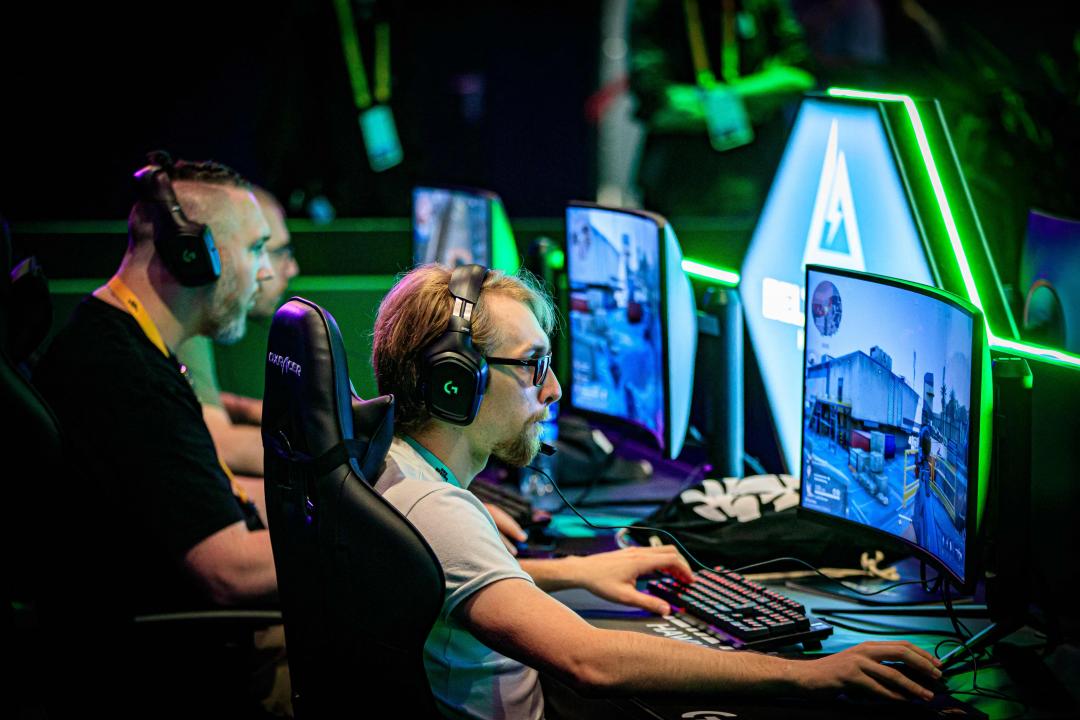 隨著電競、遊戲產業蓬勃發展,從一開始的鍵盤滑鼠,到現在螢幕、座椅都有電競專屬款式,旨在大幅提升遊戲體驗。(法新社)
隨著電競、遊戲產業蓬勃發展,從一開始的鍵盤滑鼠,到現在螢幕、座椅都有電競專屬款式,旨在大幅提升遊戲體驗。(法新社)
追求絕佳的遊戲體驗,光有一台效能強大的電腦主機是不夠的,還要搭配能完美呈現遊戲世界的電競螢幕才過癮。但一款頂級電競螢幕價格上看數萬元,部分款式甚至比電視還要昂貴,價格也不亞於PS5或Xbox Series S/X等高性能的家用主機,購買前最好先了解相關規格和重點,才能挑對產品讓遊戲體驗升級。
為何同樣是用來顯示畫面的設備,普通螢幕只要2,000至4,000元就能入手,但掛上「電競」兩字後身價就會水漲船高呢?因為普通螢幕主要用來追劇、上網或處理文書工作,多半以靜態畫面為主,但是電競螢幕要呈現的是一個更加複雜且動態的世界,因此效能特別需要強化,以賽車遊戲為例,在高速競賽之中背景會迅速且頻繁地產生變化,如果螢幕顯示速度太慢,就會導致畫面卡頓而失去速度感,大大破壞了遊戲樂趣。
 電競螢幕在外型上會採用比較大膽的配色與設計,對於房間擺設風格有所要求的話,也可以納入考慮名單。
電競螢幕在外型上會採用比較大膽的配色與設計,對於房間擺設風格有所要求的話,也可以納入考慮名單。
近年來,各大品牌紛紛進軍遊戲市場,「電競螢幕」已成為玩家心目中的明星商品,若想要追求最佳遊戲體驗,那麼選購時就要注意以下3大重點。
重點1:更新率、反應速度都要快
電競螢幕設計百百種,唯一共通的就是追求「極速」,尤其體現在更新率、反應速度上,倘若這兩大規格不夠水準,是無法被稱為電競螢幕。常見的電腦螢幕更新率均為60Hz,代表每一秒鐘可以顯示60張影像,數字越高表示每一秒能顯示的畫面越多張,能讓畫面更為流暢,減少物件移動過程可能產生的模糊、卡頓感,目前多數電競螢幕都至少是144Hz起跳,才足以應付畫面高速變化的射擊、賽車類遊戲。
遊戲講究分秒必爭,為了讓螢幕能夠及時反應玩家的操作,還需要具備高速的「反應時間」。這項規格通常以毫秒(ms)來表示,數字越小代表螢幕能在更短的時間內處理即將顯示的畫面,從而避免在高速移動中出現畫面殘影。電競螢幕至少要具備5ms以下的反應時間,對於注重高速反應的射擊競技類遊戲,則可能需要更高標準的1ms規格。
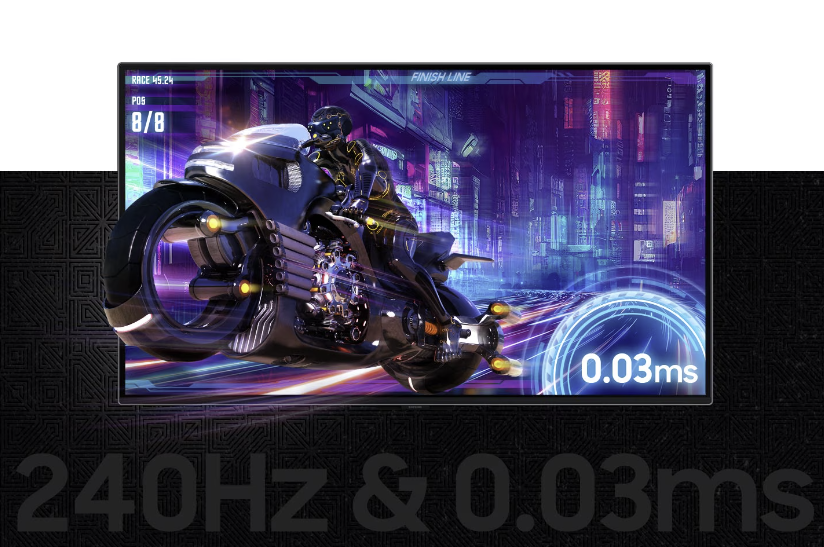 電競螢幕講求速度,更新率、反應時間都要夠快,遊戲表現才會順暢,也才能玩得過癮。
電競螢幕講求速度,更新率、反應時間都要夠快,遊戲表現才會順暢,也才能玩得過癮。
重點2:OLED、MiniLED面板色彩細膩
想要完美重現遊戲打造的美麗動人世界觀,螢幕色彩表現至關重要,為此近年來許多品牌嘗試引入全新的面板技術,其中OLED和MiniLED已成為一大趨勢,為玩家帶來全新的視覺體驗。
OLED面板已被廣泛應用在手機螢幕,由於每一個像素都可以單獨控制,例如可以直接將其關閉,顯示出最純粹的黑色,讓OLED螢幕具有極佳的色彩表現與高對比度的優勢,足以展現3A遊戲場景中的每一個細節,而且還能提供極低的延遲與高速反應,規格上可以說是遊戲玩家首選。
只是OLED的價格相對較高,而且長期使用存在烙印風險(螢幕出現永久性變色,長時間顯示的固定畫面如電視台LOGO、電腦工作列等會變得無法消除),因此MiniLED就成為不錯的替代方案,透過「區域控光」技術,既能帶來比傳統LED面板更優異的色彩,又能保有OLED沒有的高亮度優勢,還能避免烙印問題,具有更長的使用壽命。
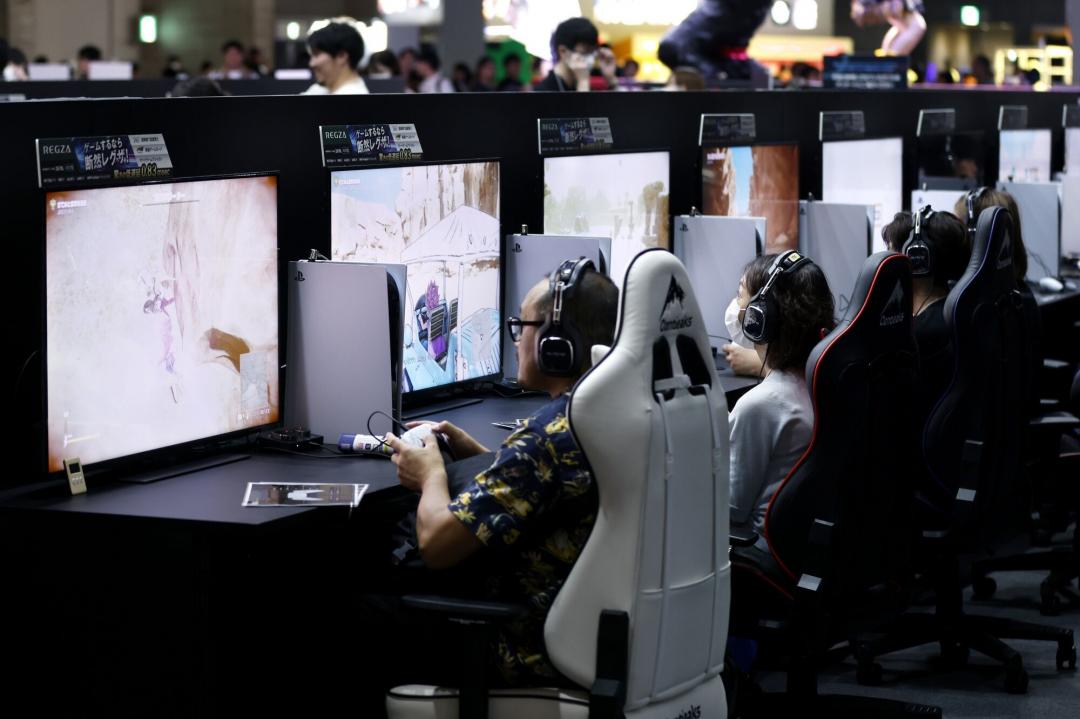 即使是遊戲主機,也需要足夠好的電競螢幕,才能發揮主機的所有潛能。(彭博社)
即使是遊戲主機,也需要足夠好的電競螢幕,才能發揮主機的所有潛能。(彭博社)
重點3:曲面增添沉浸感
相較於傳統平面螢幕追求大尺寸,電競螢幕近年積極擁抱「曲面設計」,讓螢幕面板呈現弧形向左右兩側延伸,這樣一來,兩側的視線可以被螢幕畫面包覆,帶來更加沉浸的遊戲體驗。想像一下,在玩賽車遊戲時,曲面螢幕的兩側會出現車窗外的景色,就好比現實駕駛一樣的感受;如果是第一人稱的角色扮演遊戲,曲面螢幕也能讓冒險與探索更加身歷其境。
選擇曲面螢幕時,可特別關注設備標示的曲度,通常以R為單位,數字越小,彎曲程度越明顯,視覺包覆感也會更好。目前高階款普遍達到1000R的水準,少部分款式甚至提供800R的曲度,也建議選擇32吋以上的大尺寸螢幕,才能充分發揮曲面的優勢。
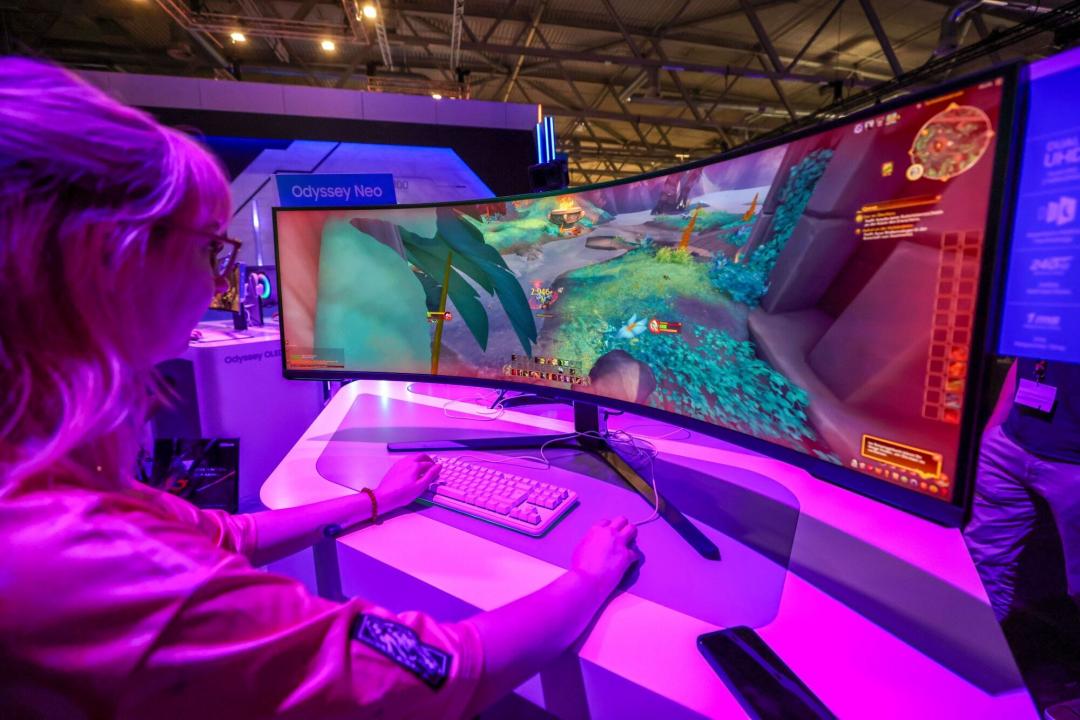 曲面螢幕會採用更為狹長的比例搭配大尺寸,完整覆蓋人眼所能看到的視線。(彭博社)
曲面螢幕會採用更為狹長的比例搭配大尺寸,完整覆蓋人眼所能看到的視線。(彭博社)
 電競螢幕尺寸越大,越能獲得優異的遊戲視覺表現。(歐新社)
電競螢幕尺寸越大,越能獲得優異的遊戲視覺表現。(歐新社)
電競螢幕新品盤點
基隆收購筆電acer Predator Z57 黑色強化顯示更準確
透過多達2,304區的MiniLED分區控光,基隆收購筆電acer Predator Z57電競螢幕得以實現98% DCI-P3超廣色域、VESA DisplayHDR 1000效能等級的色彩表現,再加上超大57吋、1000R曲度的視野,讓遊戲畫面更為真實。
螢幕還配有黑色強化功能,提供多達11種不同等級的黑色顯示,幫助玩家揪出隱藏在黑暗中的敵人,再也不怕偷襲。
 基隆收購筆電acer Predator Z57,74,999元。
基隆收購筆電acer Predator Z57,74,999元。
三星 Odyssey OLED G8 霧面面板減少5倍反光
三星Odyssey OLED G8提供高達240Hz更新率與0.03ms反應時間,讓遊戲畫面既流暢又迅速,還有抗眩光的霧面面板,透過低反射塗層與鍍膜,比傳統螢幕減少將近5倍的反光,降低外圍光源對於遊戲的干擾。
這塊螢幕裡面還有三星自行研發的NQ8 AI第三代高效處理器,可以將低解析度的畫面提升到類4K水準,帶來更為細膩的遊戲畫面。
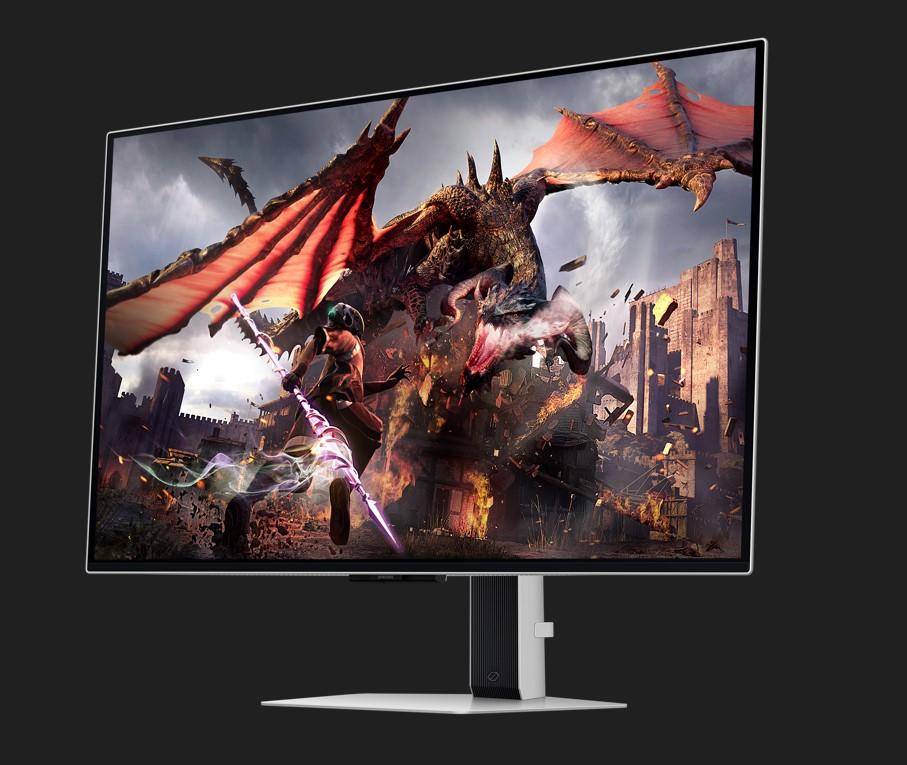 三星 Odyssey OLED G8,36,900元。
三星 Odyssey OLED G8,36,900元。
BenQ MOBIUZ EX321UX 暗影追焦細節更清晰
BenQ將自家的色彩優勢帶到電競螢幕上,這款MOBIUZ EX321UX不僅能涵蓋99% P3和Adobe RGB色域,還能透過「客製化色彩體驗」,讓玩家依照喜好進一步挑選科幻、奇幻、寫實等不同色彩風格。
獨家AI暗影追焦技術會即時處理畫面上的暗部細節,能清晰顯示隱藏在暗處的敵人,還可以優化場景對比度,再暗的背景都能完整呈現所有細節。
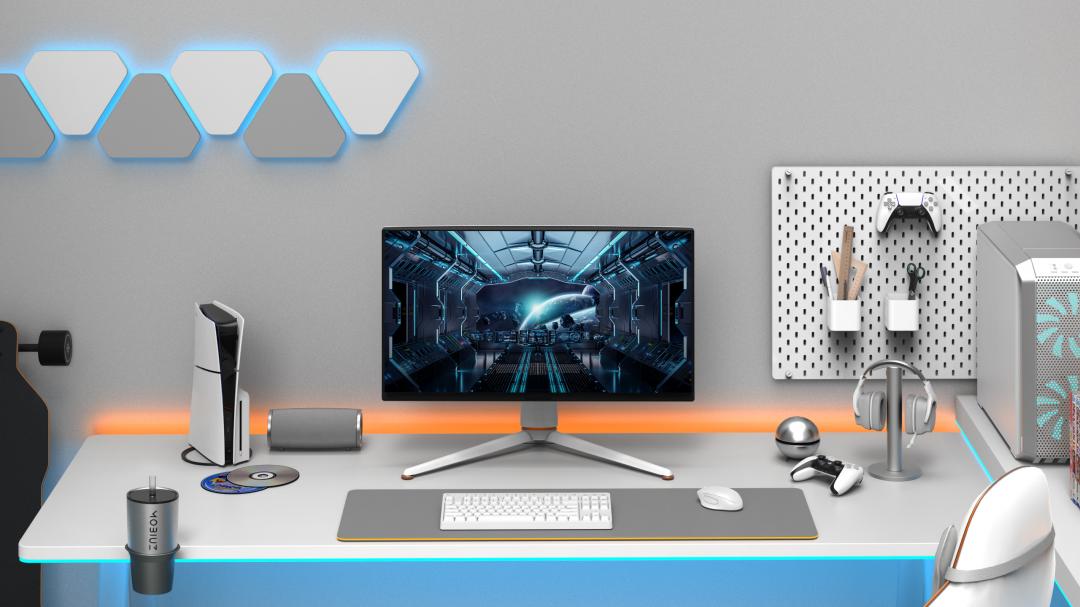 BenQ MOBIUZ EX321UX,42,888元。
BenQ MOBIUZ EX321UX,42,888元。
華碩ROG Swift OLED PG32UCDM AI技術精準助攻
華碩替ROG Swift OLED電競螢幕打造高達1,500,000:1的色彩對比度,並且支援杜比視界、HDR10以及99% DCI-P3廣色域等色彩標準,遊戲世界內的黑白兩色都能以最自然的方式顯示,不會有色偏。
螢幕內建ROG Gaming AI技術,提供十字準星、狙擊手鏡頭、計時器、碼錶等輔助功能,螢幕直接化身電競小幫手,協助玩家搶得先機。
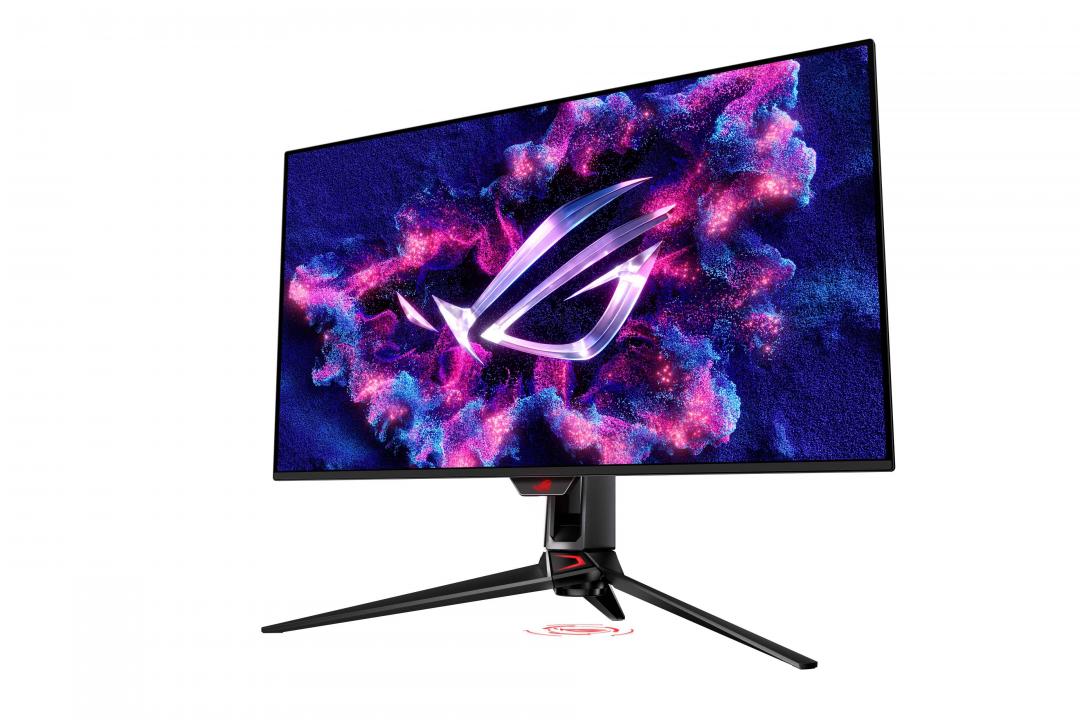 華碩ROG Swift OLED PG32UCDM,45,900元。
華碩ROG Swift OLED PG32UCDM,45,900元。
基隆收購筆電 基隆收購筆電